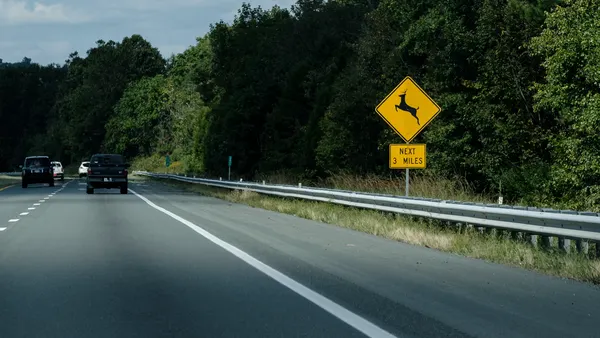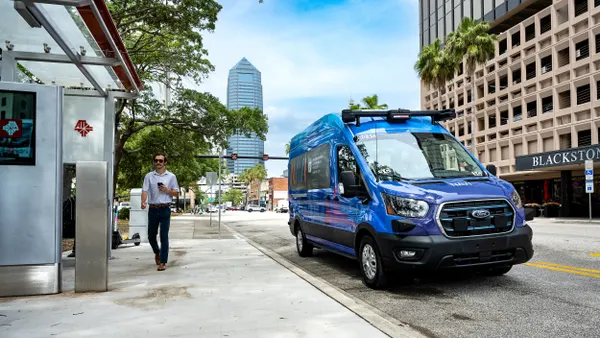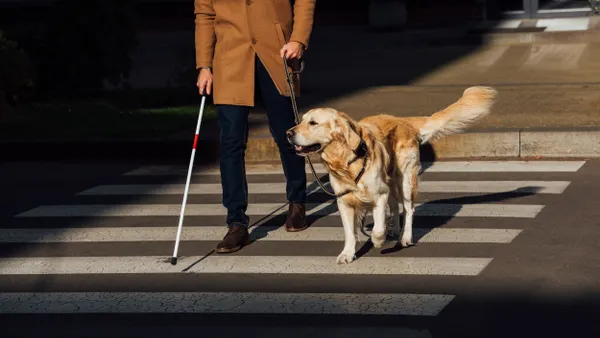Land use planners and transportation agencies will need to coordinate better to adjust to new travel patterns in a post-pandemic America, transportation officials said during a roundtable at the Transportation Research Board's Annual Meeting in Washington, D.C.
Christopher Coes, assistant secretary for transportation policy at the Department of Transportation, said “the market has changed” for urban transportation over the last three years, and transportation planning and operations must incorporate land use and infrastructure changes moving forward.
“We should think of ourselves not just as transit agencies but mobility agencies,” Coes said.
Allison de Cerreno, deputy chief operating officer of the Metropolitan Transportation Authority in New York, the largest transportation authority in North America, said that “traffic rebounded very quickly” in the New York City metro area after a pandemic-induced slump but not in the same patterns as before. Some transit lines are experiencing higher ridership than before the pandemic, but overall, it’s still about 65% of previous use.
The MTA traditionally used congestion toll pricing to spread out the use of bridges and tunnels, de Cerreno said. But it’s no longer effective since there’s less demand to get downtown during traditional business hours, she said. de Cerreno added that the busiest hours are now earlier in the afternoon than during a conventional rush hour and that people commute fewer days during the week because they have more work flexibility.
The “peak got longer and longer and longer,” de Cerreno said. “They are the same customers, but their needs have changed.”
The MTA still needs to figure out how to adjust tolling to address the changes in travel behavior, she said.
Kim Lucas, director of Pittsburgh’s Department of Mobility and Infrastructure, said the city’s transit ridership remains between 30% and 50% below 2019 levels, partly because public transit was geared toward transporting people to the downtown business district.
She said Pittsburgh is looking into converting vacant office space to housing as more people work from home or follow hybrid schedules. “That will put people next to where they have economic opportunity,” Lucas said.
Coes noted that many transit agencies own real estate around transit stations that they could convert into housing or other uses and that federal funding is available for such projects. The aim is “to see how transit agencies can better use their assets,” Coes said. “We are a transportation agency. We don't necessarily do land planning [but] we have to use imagination, think outside the box.”










